Gardening is shifting. Driven by a love of naturalistic planting and a desire to be sustainable and ecologically responsible, many gardeners want dynamic plantings that are micro ecosystems for wildlife as well as being beautiful. Placing importance on finding plants that grow with minimal effort, happy to jostle among dense planting; step forward weeds.
Why weeds?
We unfairly overlook plants labelled as weeds but as I discuss in my new book, Wild about Weeds, many are beautiful and useful for garden design for the very reasons we rip them out. Described as “plants in the wrong place” people usually dislike weeds because they spread vigorously and keep coming back. But this can be a benefit; where happy, weeds burst with vitality rather than requiring life support from fertilisers and irrigation.
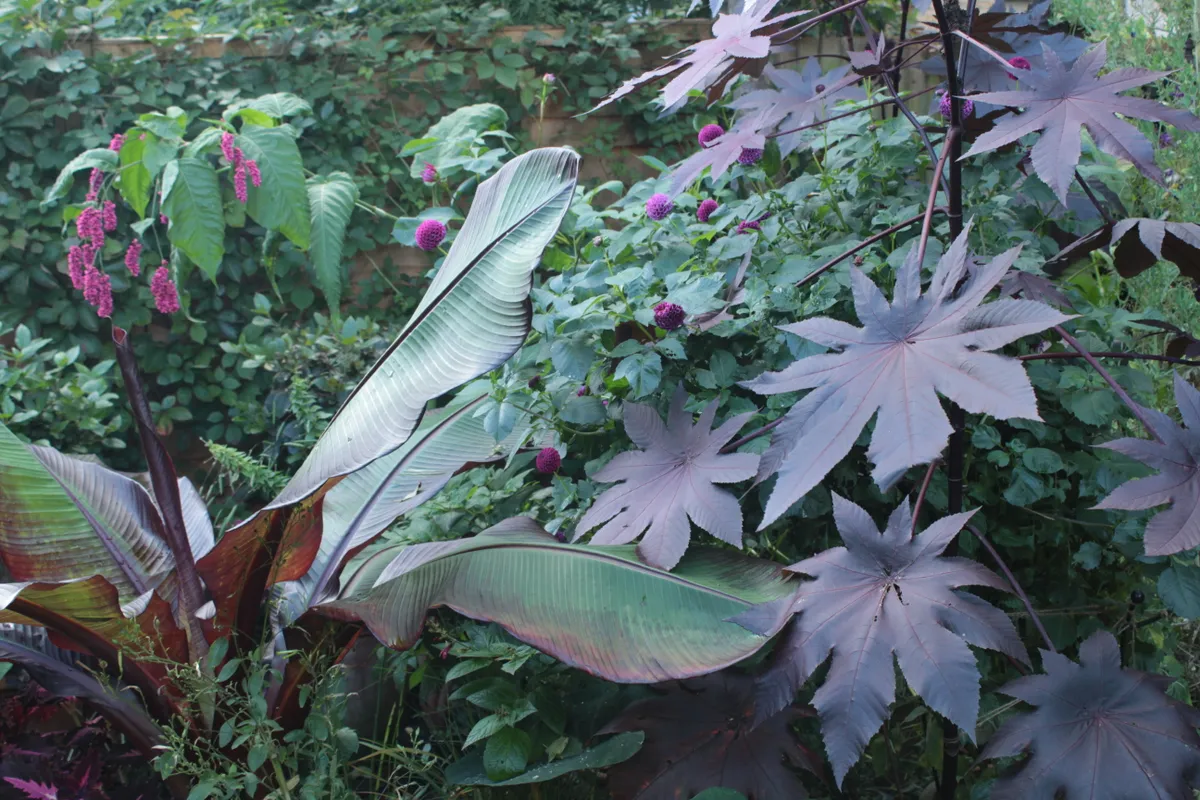
Thugs like ground elder (Aegopodium podagraria) and green alkanet (Pentaglottis sempervirens) – beautiful as they are – are perhaps too vigorous but there’s a middle ground of unappreciated weeds. Wall hugging yellow corydalis (Pseudofumaria lutea) and Herb robert (Geranium robertianum) flower for long periods without watering. Contributing in the way erigeron and forget-me-nots do, which are plants we’ve already forgiven for their weedy ways. While Caper spurge (Euphorbia lathyris) is just as easy to grow, fitting perfectly in tropical and foliage gardens.
Impacts on plants in a changing climate
As our climate becomes more turbulent through global warming and climate change, weeds have a lot to offer with their tough constitution. In 2018’s nine week drought, parks in south east England were a sea of brown except for native ragwort (Jacobaea vulgaris) and yarrow (Achillea millefolium) still in flower, feeding many insects. Don’t forget that ragwort is considered dangerous to cattle and horses if eaten (which is likely to happen when included by accident in dry feeds) and it’s best to be careful it doesn’t spread onto agricultural land.
We’re experiencing fewer days of frost, winters are milder, the top ten warmest years on record have occurred since 2002 and we’re seeing more extremes of drought and flooding.
Temperatures have significant effects on plants, slowing some down while helping others. A couple of decades ago Echium pininana needed winter protection, now it rarely does in sheltered spots; my own echiums self-seed by their hundreds alongside weeds in neighbouring gardens.
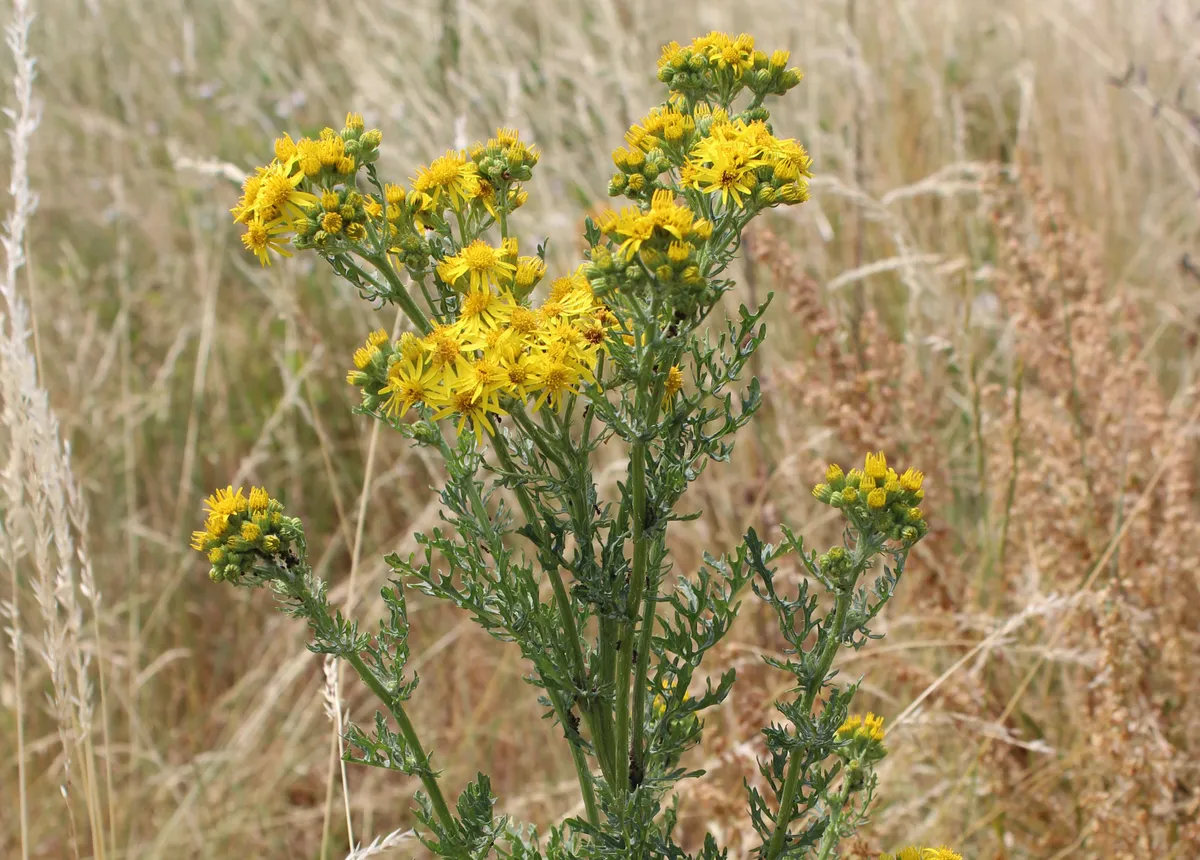
Many plants are weeds given the right conditions
Ricinus communis is an ornamental from the tropics of north east Africa, yet it’s a vigorous invasive weed in north America, Australia and parts of the Mediterranean. In mild areas of the UK, like coastal and urban gardens, it displays the same weed-like traits: rapid growth and self-sowing, though many compost the plants before they have the chance. Common fennel, Foeniculum vulgare, is another invasive in those regions and a rise in temperature could find the same happening here. Especially in the heat bubbles of urban areas, in which 82 per cent of us now live.
Except, we know how to control these plants easily – Ricinus can be poisonous but can’t self seed if the seed pods are removed – making them perfectly safe to grow confined to our gardens. Knowledge of plant life cycles makes any plant easily containable including weeds; unfortunately the Victorians gave Himalayan balsam and Japanese knotweed two centuries head start before people understood their impact on habitats. Something unlikely to happen had they been introduced in gardens today.
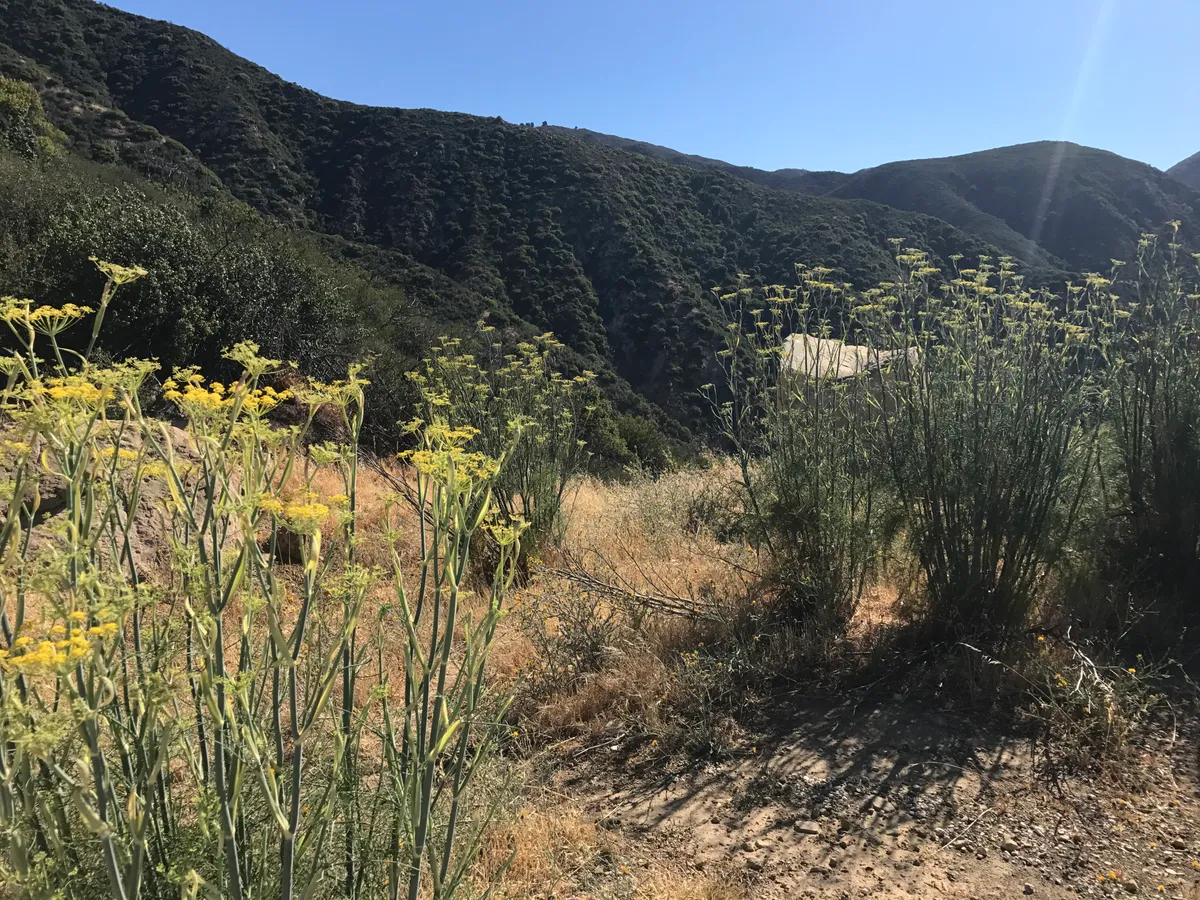
Understanding plants on an individual level
Plants that spread without help from us may have been classified as garden weeds in the past but are an asset for future gardens. Not all weeds are ugly, uncontrollable brutes and by understanding them, are easy to grow by restricting numbers instead of cosseting. Growing designer weeds may sound bonkers but with so much going for them, we’d be bonkers not to.
Jack Wallington’s new book Wild about Weeds: Garden Design with Rebel Plants is published by Laurence King and is out now.
Five 'weeds' to plant
1
Yellow corydalis (Pseudofumaria lutea)
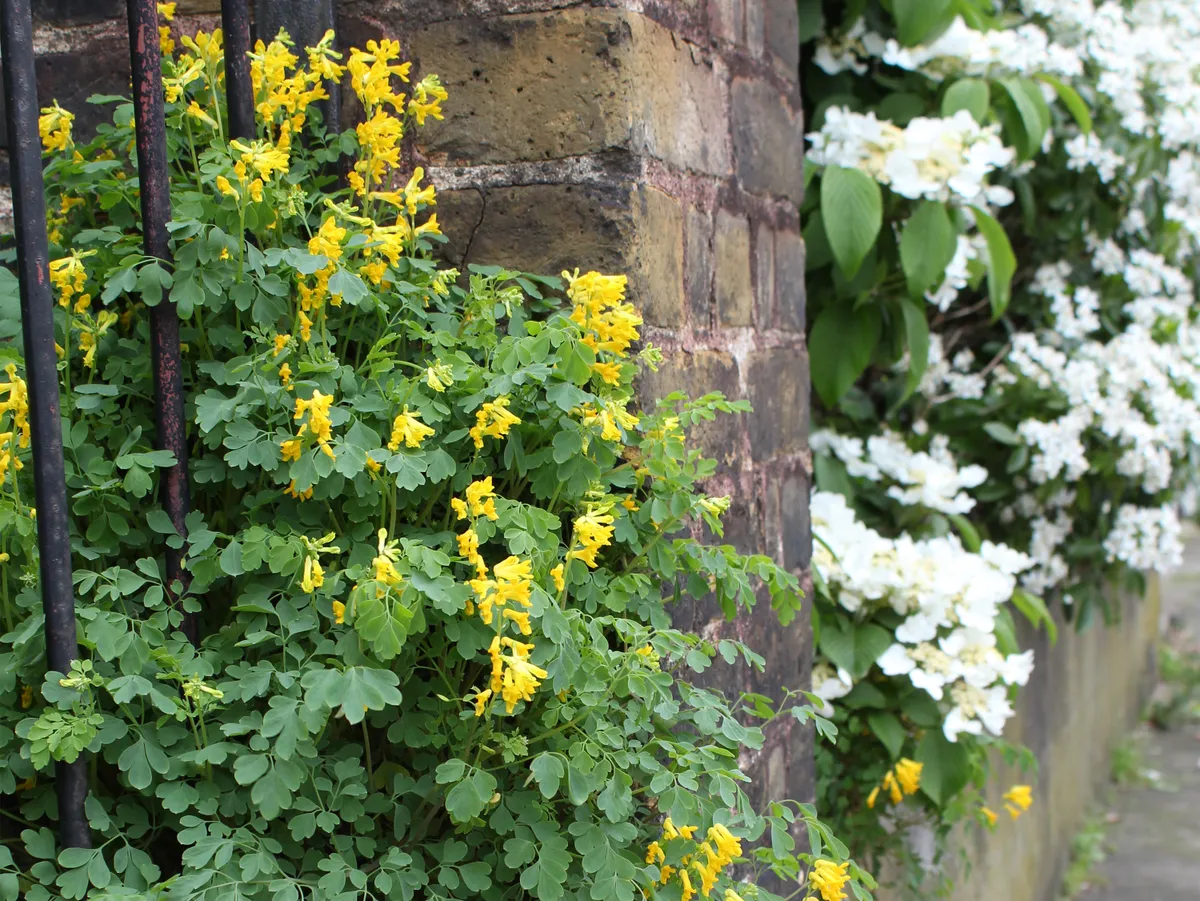
2
Herb robert (Geranium robertianum)

3
Caper spurge (Euphorbia lathyris)

4
Sweet violet (Viola odorata)
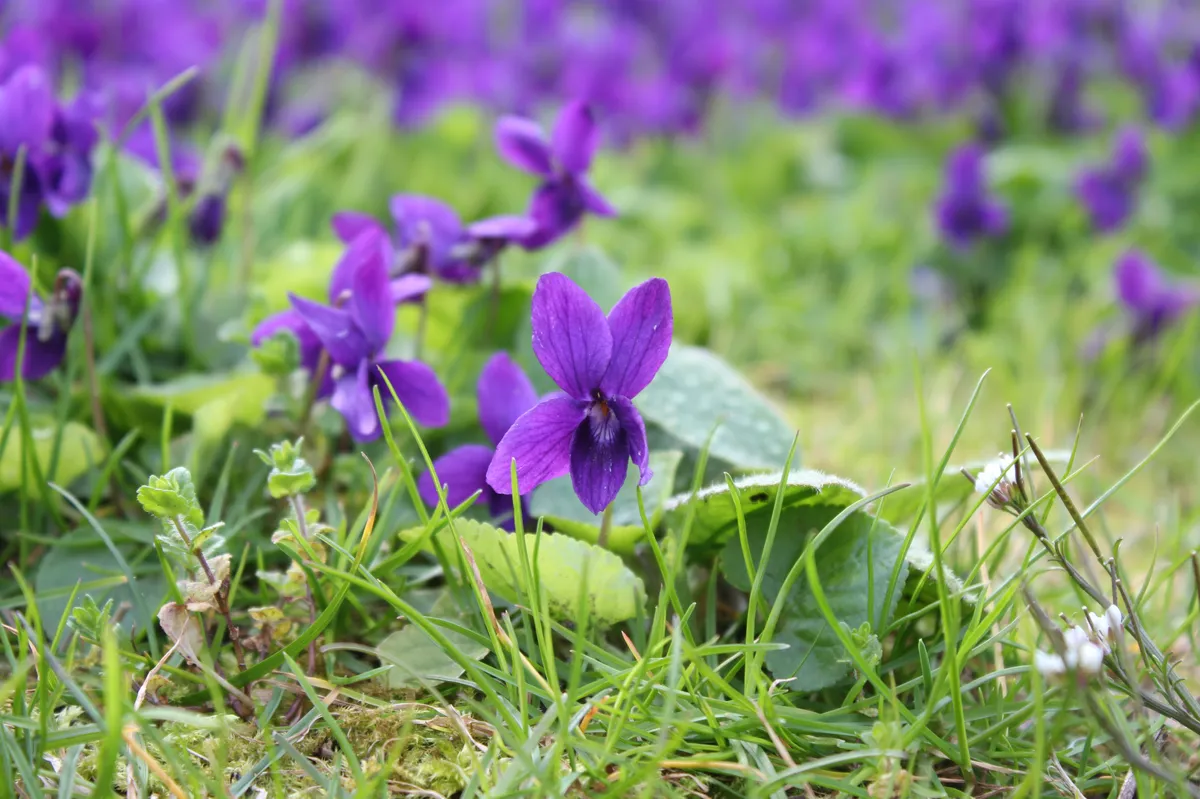
5
Ivy-leaved toadflax (Cymbalaria muralis)
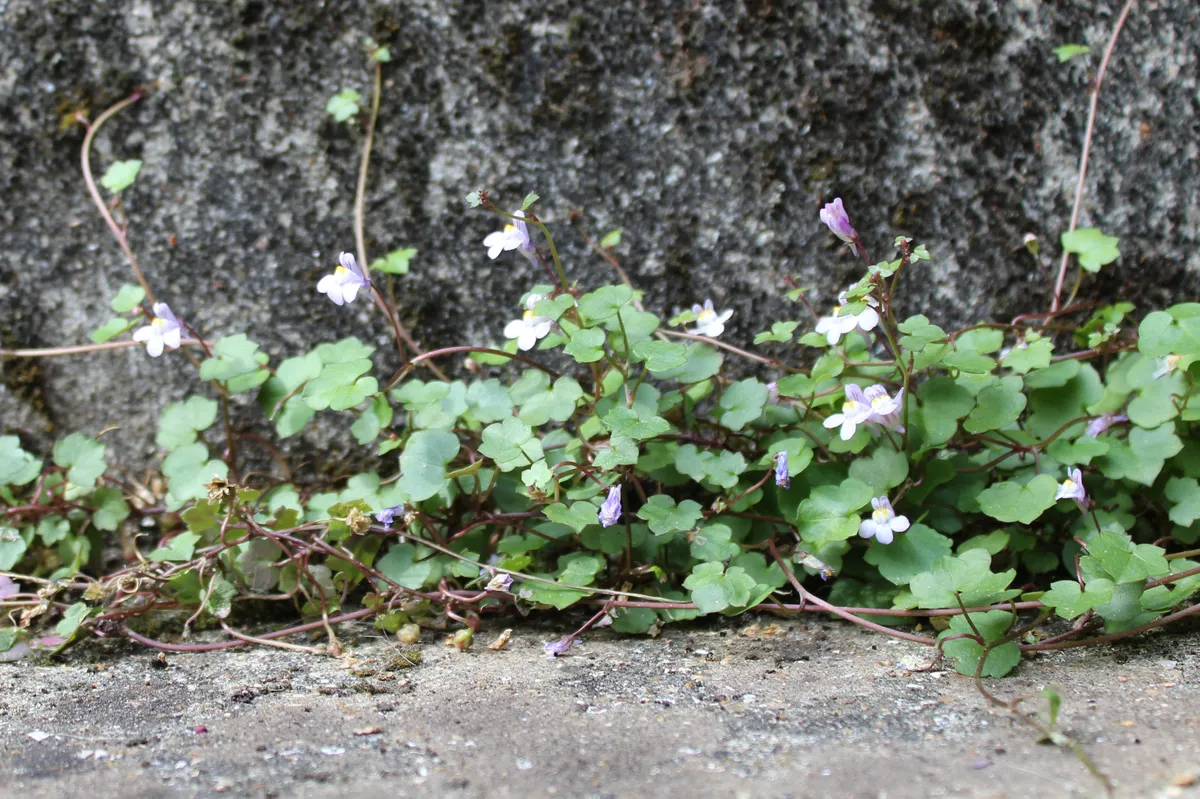
Jack Wallington’s new book Wild about Weeds: Garden Design with Rebel Plants is published by Laurence King and is out now.
